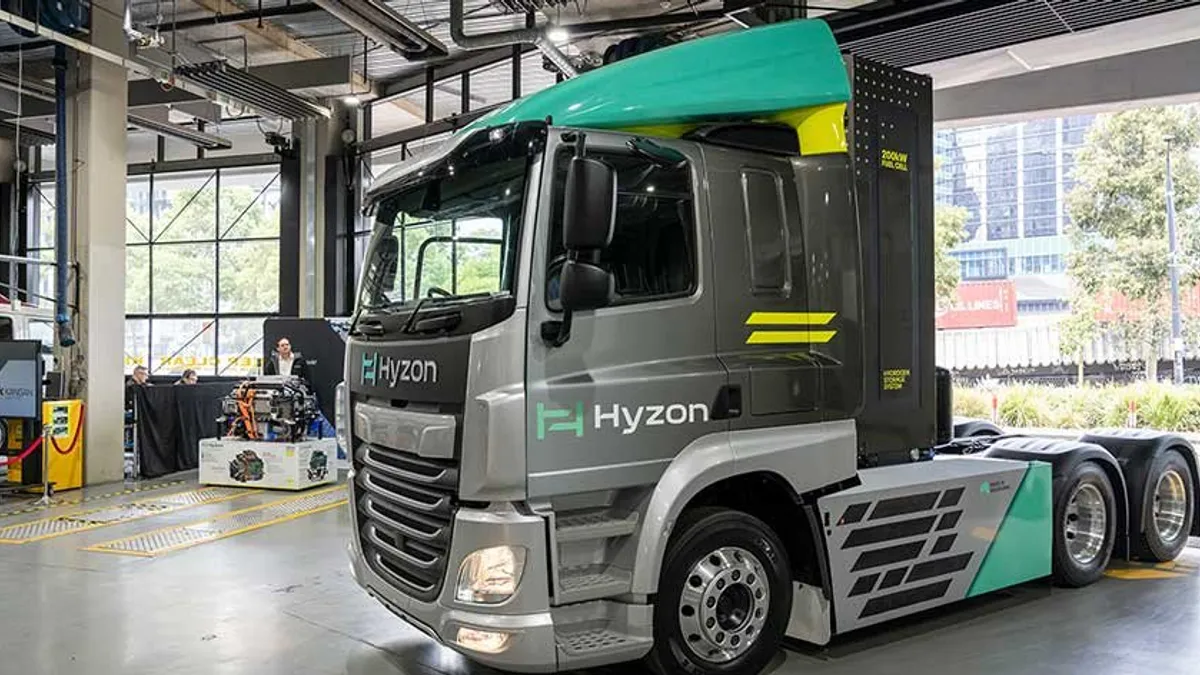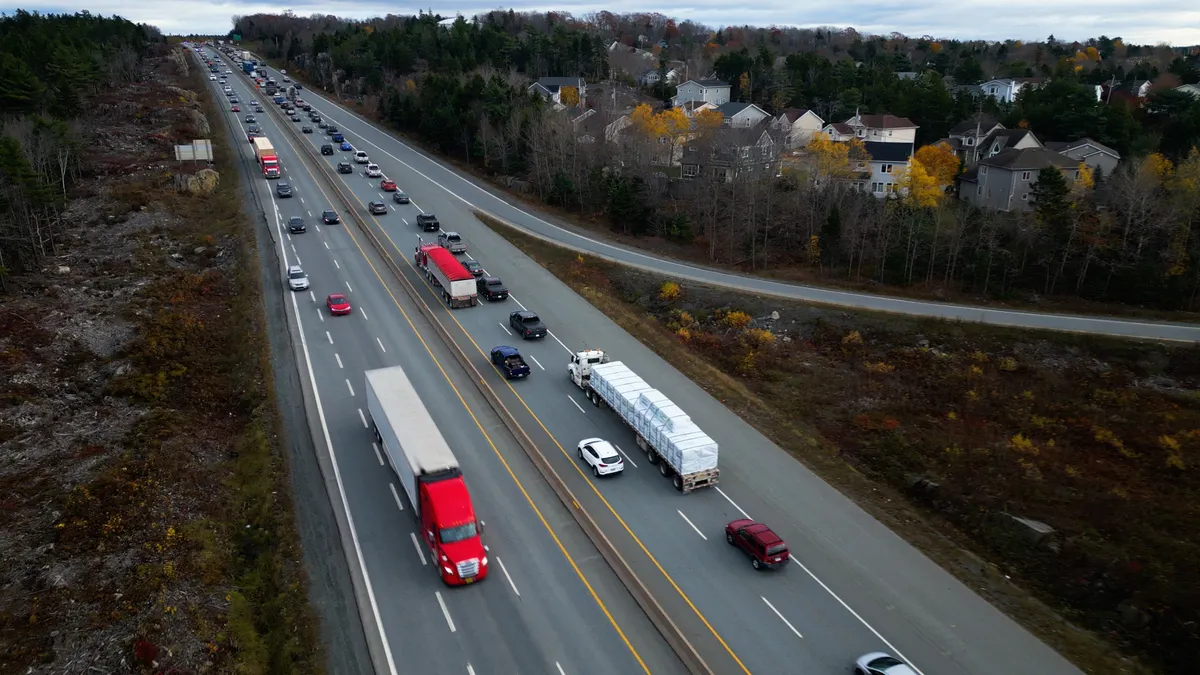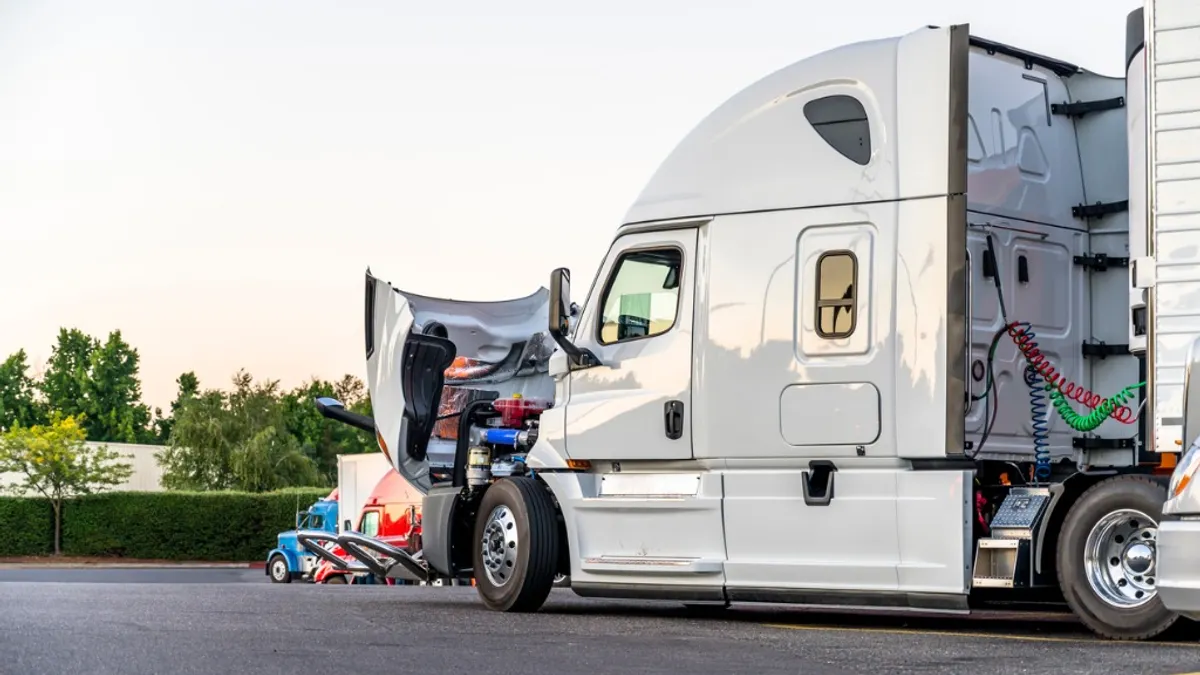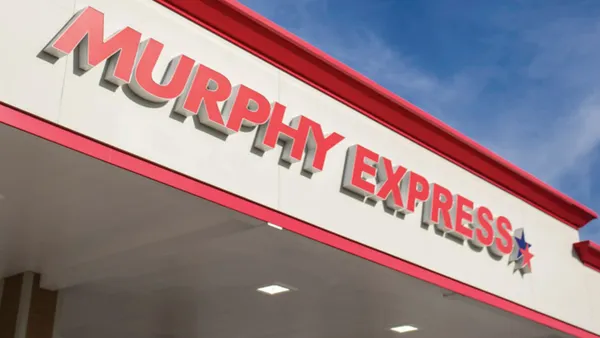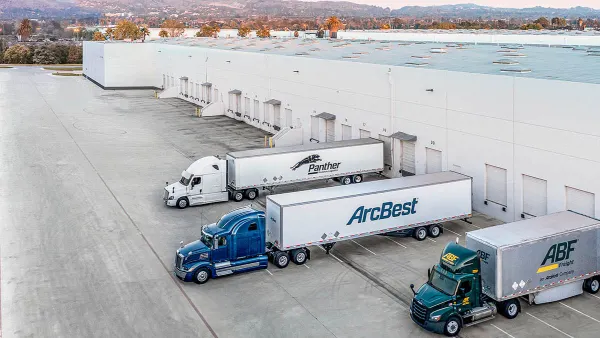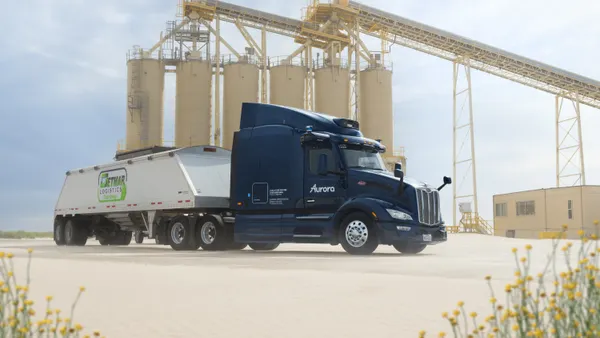Manufacturer Hyzon Motors plans to ramp up trials of its new 200-kilowatt fuel cell system this summer, preparing for a start of production in the second half of 2024, CEO Parker Meeks said on an earnings call last week.
The business expects the trials to help scale orders by showcasing hydrogen truck capabilities. The newer system, an upgrade from an earlier version, seeks to provide the same power that fleets expect from diesel engines, the company previously noted.
Hyzon is slated to trial its technology with 24 fleets between the start of the summer and January 2025, Meeks told Trucking Dive in an interview.
Hydrogen-powered trucks using Hyzon’s earlier 110-kilowatt fuel system have been delivered to customers such as Performance Food Group, which reported a range of up to 350 miles with 15-minute refueling times.
“Those were great 110-kilowatt trucks for customers to get early experience,” Meeks told Trucking Dive. “But scale is only going to happen on 200 [kilowatt]. That's the truck that has all the power that Class 8 trucks need.”
The upgraded system features a combination that other OEMs have avoided, according to a Hyzon report last year. Rather than combine two smaller powered fuel systems, the company has developed efficiencies through a single-stack system with reduced weight and better fuel mileage, the company said.
The Bolingbrook, Illinois-headquartered company manufactured the upgraded fuel cell system at its Bolingbrook facility and launched it in Melbourne, Australia, in Q1.
The company expects to deploy the newer fuel systems in cabover vehicles in Australia and New Zealand, as well as in conventional vehicles in the U.S. this year.
Amid that ramp-up, Hyzon is navigating challenges. Three heavy-duty hydrogen fueling stations in California remain shut down, Meeks noted on the Q1 earnings call May 13.
But Hyzon has been working with fueling partners to provide mobile fueling stations where needed, Meeks told Trucking Dive.
The company is currently targeting fleets with trucks that make deliveries then return back home to refuel with hydrogen. “We are not waiting on public stations to drive the scale up,” he said. “It's back to base, on-premise.”


